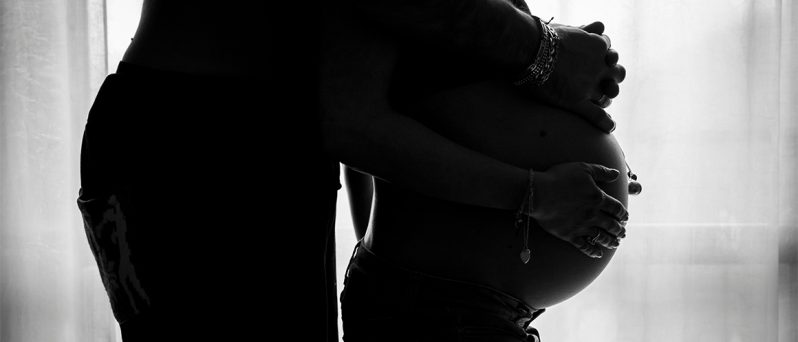And is it normal?
Going through menopause is a transformative time. With your body going through so much change, it can be a challenge to navigate and know what to expect. One of the perks of the transition from perimenopause to menopause is not having a period! But some people do experience postmenopausal bleeding. So, what is it and why does it happen?
What’s postmenopausal bleeding?
Postmenopausal bleeding is vaginal bleeding that happens after a person has been through menopause. Perimenopause becomes menopause when 12 months have passed without having a period.
If you’re experiencing bleeding after menopause, it’s important to see a doctor to help rule out any serious health risks.
Is bleeding after menopause normal?
Vaginal bleeding after menopause shouldn’t be an immediate cause for concern, but it’s not normal. There are a few reasons why postmenopausal bleeding might happen, and they’re not usually serious health concerns. However, it’s essential that you talk to a healthcare professional to discover the reason for you.
Avoid unexpected leaks
If you’re not sure when to expect bleeding, Natracare panty liners are perfect for ‘just in case’

Find out more
You should always see a doctor for postmenopausal bleeding. Even if:
- Bleeding is light or more like spotting after menopause
- You have no other symptoms
- The colour is pink or brown, or you’re not sure it’s blood
- It’s only happened once
In an appointment to discuss your experience with postmenopausal bleeding, you are likely to be asked about how heavy the bleeding is, how long it lasts for, and any other symptoms you might experience, like cramps. It’s a good idea to keep a record of this information when the bleeding happens, so that you’re best equipped to find the solution with your doctor. You can do this in a journal or by using a period tracking app focussed perimenopause and the menopause such as Clue.
Causes of postmenopausal bleeding
There are several reasons you might experience bleeding after menopause. The most common reasons are:
Cervical or womb polyps
Polyps are growths that are often noncancerous. They may need to be removed, but they aren’t a serious health risk. The only common side effect to benign polyps is irregular bleeding.
Atrophic vaginitis or endometrial atrophy
Atrophic vaginitis is the inflammation and thinning of the vaginal lining, and endometrial atrophy is the same for the womb lining. It happens as a result of reduced oestrogen levels after menopause. In some cases no treatment is needed, but oestrogen cream or pessaries may be offered.
Endometrial hyperplasia
Endometrial hyperplasia is a thickened womb lining caused by higher levels of oestrogen, hormone replacement therapy, or being overweight. In some cases it can lead to cancer, so treatment varies depending on the type.
Cancer
In less common cases, postmenopausal bleeding can be a sign of cancer. Cancer is more easily treated the earlier it is detected, which is why you should see a doctor at the first sign of any vaginal bleeding or light spotting after menopause.
Going through menopause can be hard to know what to expect – especially since it isn’t spoken about openly enough. If you’re looking for support or to talk to people going through the same experiences, here are some menopause support groups that might benefit you:
Unexpected leaks shouldn’t get in the way of your day. Protect your underwear from postmenopausal bleeding with Natracare organic cotton panty liners.









